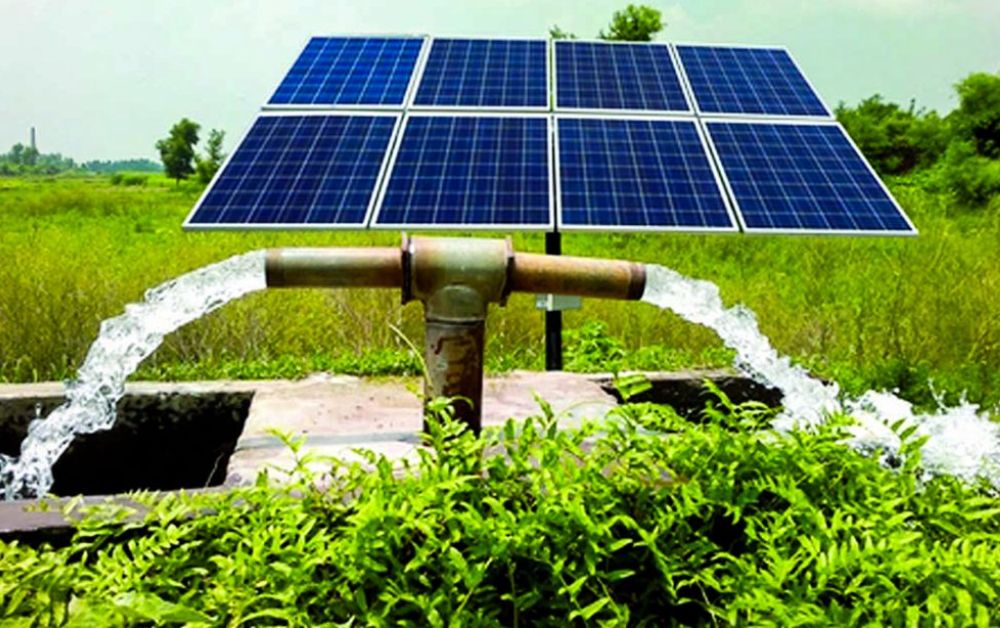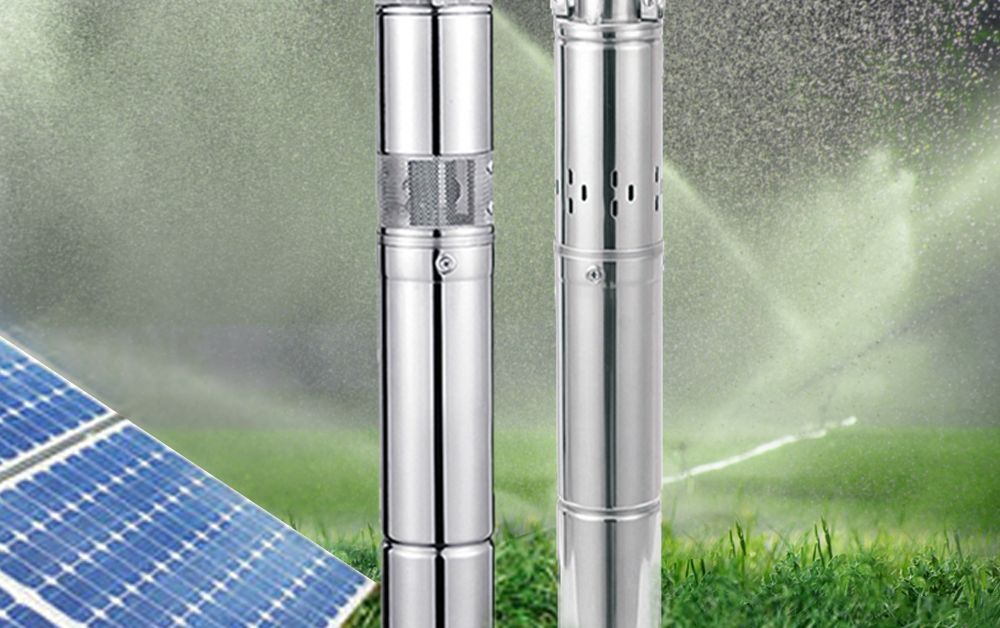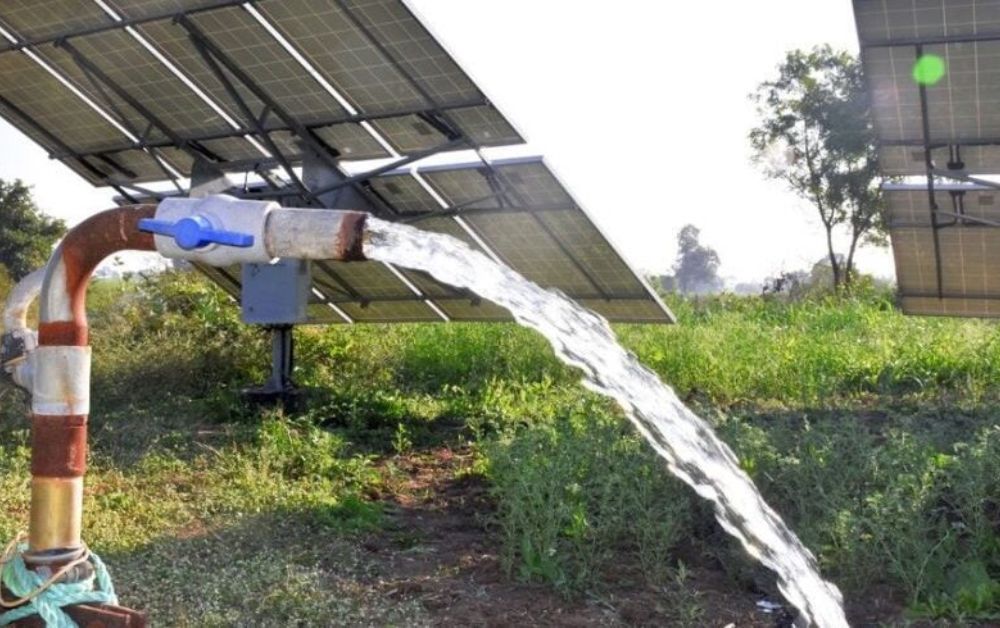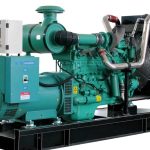Solar water pumping systems have become a feasible alternative to traditional electric or diesel-powered pumps as the world’s demand for sustainable water and energy solutions grows. Solar water pumping systems provide an environmentally friendly, cost-saving, and low-maintenance solution to satisfy agricultural, livestock, and domestic water requirements in off-grid or energy-poor areas. But installing a solar water pump is not enough—you must install and optimize it properly to maximize efficiency and long-term savings.
This blog gives an in-depth tutorial on installing and optimizing solar water pumping systems for maximum performance—from planning and installation to fine-tuning and extended maintenance.

Knowing Solar Water Pumping Systems
Solar water pumping systems have four basic components: solar panels, a controller, an electric water pump (surface or submersible), and a water distribution or storage system. The solar panels turn sunlight into electrical power, which energizes the pump to extract water from sources such as boreholes, rivers, wells, ponds, or boreholes. The water is either stored in a tank or supplied directly for utilization.
These systems have extensive applications in agricultural irrigation, rural water supply, watering animals, and even residential complexes where grid electricity is unavailable or inconsistent.
Step-by-Step Instructions for Installing Solar Water Pumping Systems
1. Site Analysis and Planning
The initial step towards installing a cost-effective solar water pumping system is a complete site analysis. The following factors need to be taken into account:
- Water Source Depth: No matter if it’s a borewell, open well, or surface water, the depth will decide the kind of pump (submersible for deep wells; surface pump for shallow sources).
- Daily Water Requirement: Project daily water use for crops, livestock, or domestic purposes.
- Solar Radiation Levels: Study the availability of sunlight in the area to accurately size your solar panels.
- Topography: Assess elevation variation between the point of water supply and the point of use to calculate total dynamic head (TDH).
2. System Design and Component Selection
Following the site survey, choose components specific to your requirements:
- Pump Type: Submersible pumps are most suitable for deep wells, while surface pumps suit shallow sources better.
- Solar Panels: Select panels according to your pump’s power demand and prevailing solar irradiance levels in the area. Slightly oversizing ensures compensation during cloudy days.
- Controller/Inverter: MPPT (Maximum Power Point Tracking) controllers enhance efficiency through the optimization of power from solar panels.
- Mounting Structure: Solar panels are mounted on a strong, south-facing (Northern Hemisphere) structure tilted to the same latitude as the location for maximum sunlight exposure.
3. Installation
- Pump Installation: Use manufacturer guidelines to install the pump securely. Place submersible pumps below water level and away from debris.
- Solar Panel Mounting: Install panels securely with corrosion-proof hardware. Avoid shading from trees, structures, or poles.
- Wiring and Connection: Install proper-sized, weather-resistant cables and connectors. Seal all electrical connections to avoid water entry.
- Controller Setup: Set up the controller to control pump operation according to sunlight and water tank levels.
Optimizing Solar Water Pumping Systems for Maximum Efficiency
Putting the system in place is only the first step. Ongoing optimization keeps your solar water pumping systems running smoothly throughout the year.
1. Panel Cleaning and Orientation Check
Dust, bird droppings, or snow on solar panels can cut efficiency. Clean them once a month at least, more often in dusty conditions. Also, check that the tilt and orientation haven’t changed due to wind or external pressure.
2. Monitor Water Levels and Flow Rates
Monitor water levels in the source and storage tank using sensors or manual logs. Low flow could indicate pump wear, dirty filters, or low solar radiation.
3. Seasonal Tilt Adjustment
Seasonal variations affect the availability of sunlight. Making two adjustments every year (summer and winter) for maximum sun capture is possible. Re-sizing seasonally in extreme climates or supplementing with temporary panels could also be required.
4. Battery Integration (Optional)
Even though numerous solar water pumping systems function directly without batteries, incorporating a battery bank provides a means to save power for cloudy days or pumping in early mornings. Install high-efficiency deep-cycle batteries along with good charge controllers.
5. Application of Smart Controllers
Newer controllers provide smart options such as water-level sensing, dry-run protection, and real-time performance monitoring. Implementation of IoT-based controllers enables remote diagnosis and predictive maintenance.
6. Preventive Maintenance
- Check wiring and connectors for corrosion or wear.
- Verify motor temperature and noise for any deviations.
- Filter cleaning regularly to prevent clogging.
- Lubricate mechanical parts according to the manufacturer’s guidelines.
Advantages of Efficient Solar Water Pumping Systems
Maximizing your solar water pumping systems provides several long-term advantages:
- Energy Cost Savings: Solar pumps run automatically after installation without incurring recurring fuel or electricity expenses.
- Low Environmental Impact: The systems minimize the use of fossil fuels and lower carbon emissions.
- Better Water Management: Sensor-based, automated systems prevent over-pumping and wastage of water.
- Reliability: Solar water pumps can operate effectively under sound installation and maintenance conditions for 15–25 years.
- Scalability: Systems can be easily scaled up by increasing the number of panels or replacing the pump with a bigger one as water demand rises.

Conclusion
Installing and optimizing solar water pumping systems is an excellent move toward sustainable water and energy management. Following a properly laid-out installation procedure and incorporating frequent optimization practices ensures that these systems provide high efficiency and reliability over the long run. As a farmer wishing to irrigate your crops or as a homebuyer seeking a greener way of life, investing in well-designed solar water pumping technology is a future-proof decision that makes sense.



